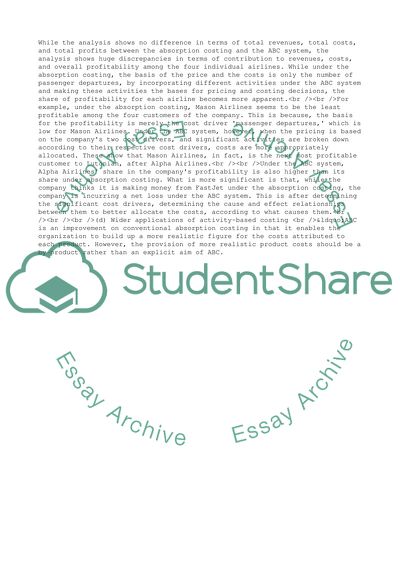Cite this document
(A Detailed Analysis of the Activities of Luton Airport Case Study Example | Topics and Well Written Essays - 4500 words, n.d.)
A Detailed Analysis of the Activities of Luton Airport Case Study Example | Topics and Well Written Essays - 4500 words. https://studentshare.org/business/1727156-lutonian-airport-and-alpha-product-case-studies-management-accounting
A Detailed Analysis of the Activities of Luton Airport Case Study Example | Topics and Well Written Essays - 4500 words. https://studentshare.org/business/1727156-lutonian-airport-and-alpha-product-case-studies-management-accounting
(A Detailed Analysis of the Activities of Luton Airport Case Study Example | Topics and Well Written Essays - 4500 Words)
A Detailed Analysis of the Activities of Luton Airport Case Study Example | Topics and Well Written Essays - 4500 Words. https://studentshare.org/business/1727156-lutonian-airport-and-alpha-product-case-studies-management-accounting.
A Detailed Analysis of the Activities of Luton Airport Case Study Example | Topics and Well Written Essays - 4500 Words. https://studentshare.org/business/1727156-lutonian-airport-and-alpha-product-case-studies-management-accounting.
“A Detailed Analysis of the Activities of Luton Airport Case Study Example | Topics and Well Written Essays - 4500 Words”. https://studentshare.org/business/1727156-lutonian-airport-and-alpha-product-case-studies-management-accounting.


